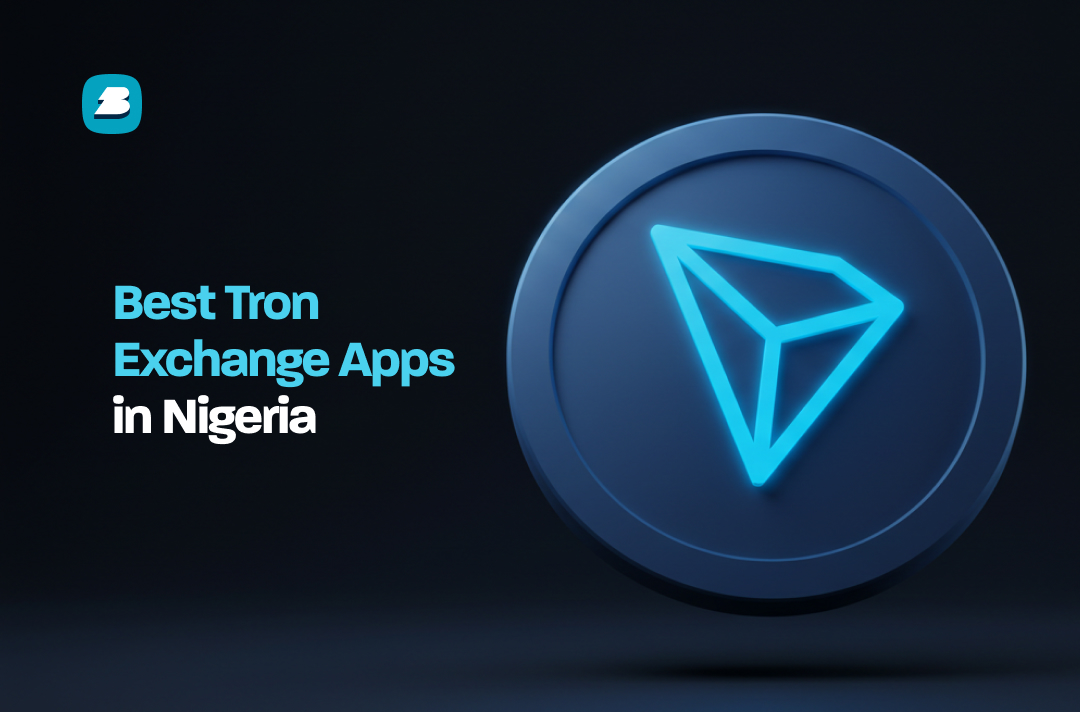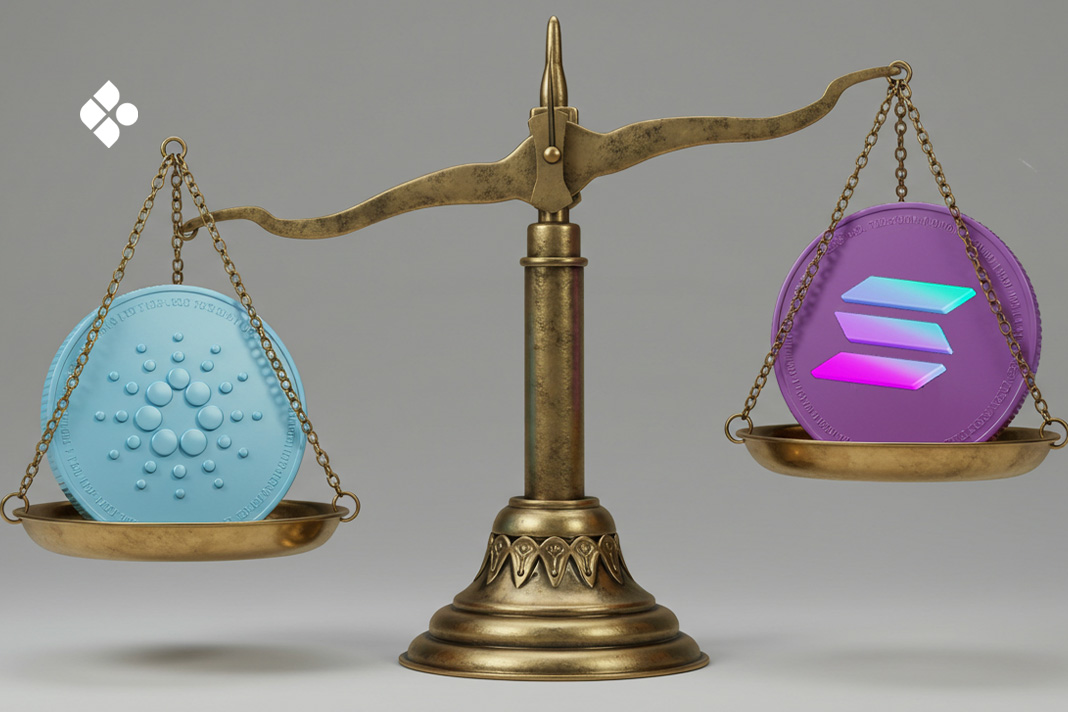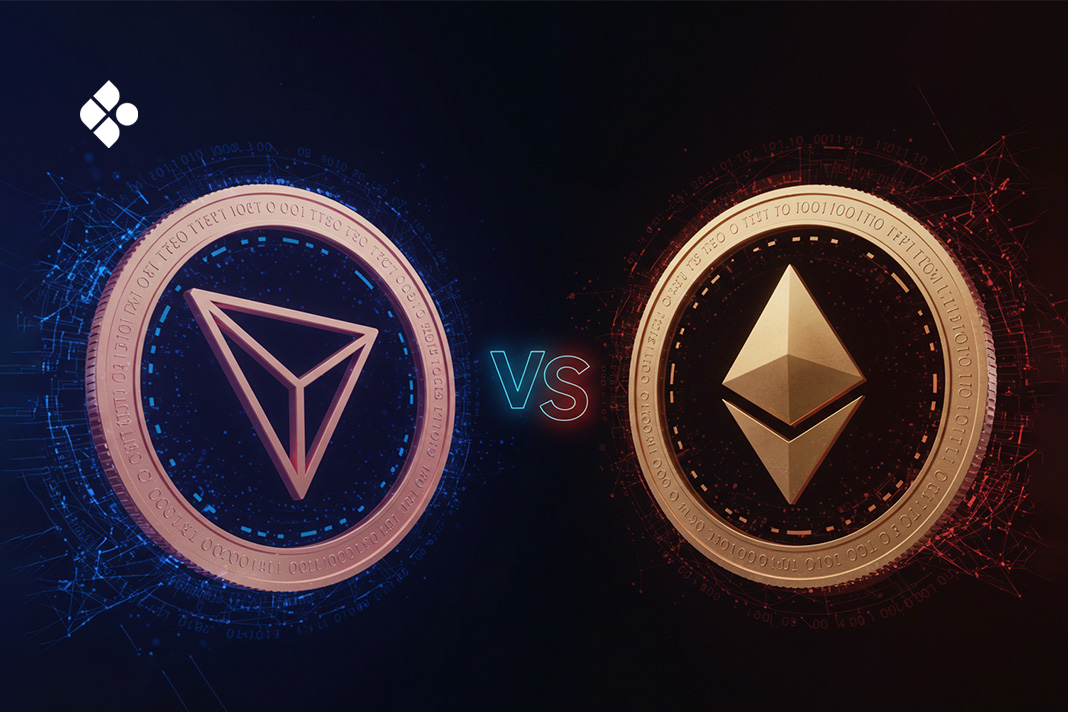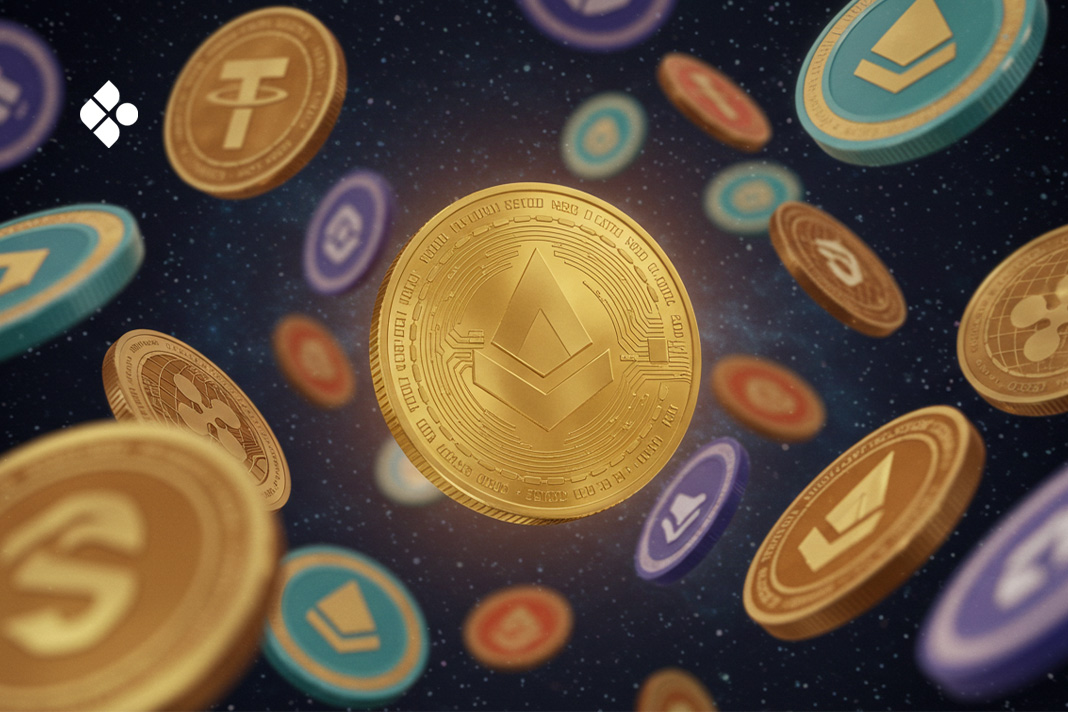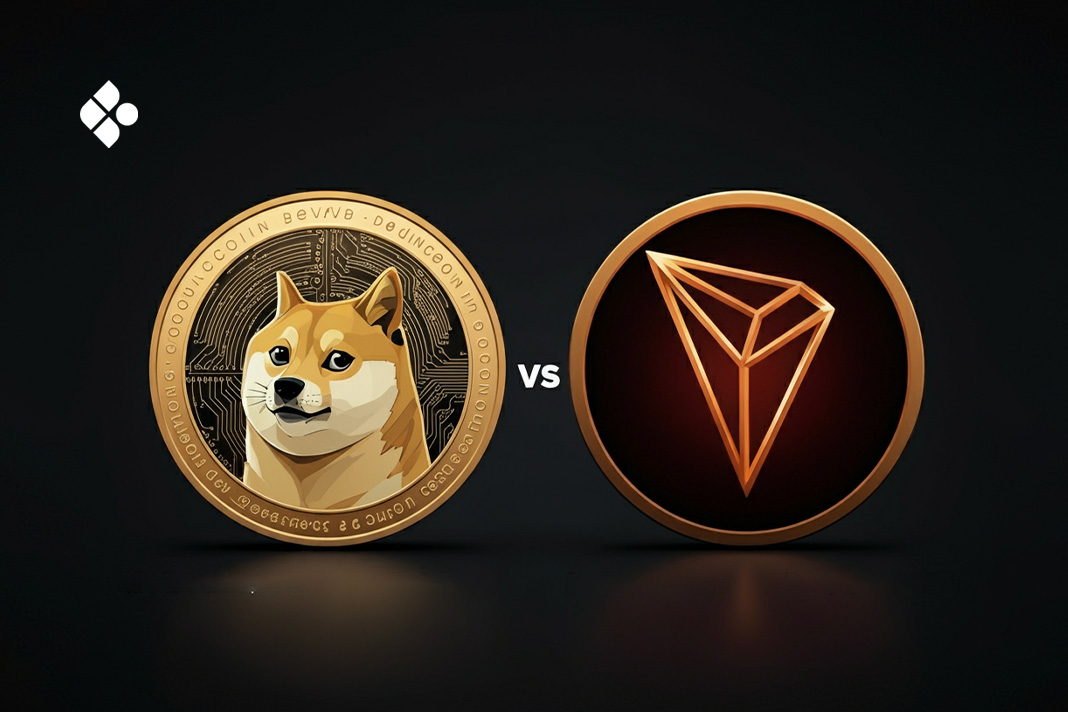Did you know that over 2,000 retailers worldwide now accept Litecoin as a payment method? That’s right – Litecoin isn’t just another digital coin. It’s a tangible currency making waves in real-world commerce. Created by Charlie Lee in 2011, Litecoin was built on a fork of Bitcoin to offer faster and more cost-effective transactions.
While Bitcoin often grabs the spotlight, Litecoin operates like the efficient, reliable sidekick, solving Bitcoin’s limitations with lightning-fast transactions and lower fees. From buying a coffee to securing an international money transfer, we uncover the eight most striking use cases of LTC in the real world.
These use cases are:
- Digital Payments
- Investments
- Donations and Charity
- Digital Collectibles and NFTs
- Microtransactions
- Decentralized Finance
- E-commerce Integrations
- Integration with Smart Contracts
Now, let’s explore the intriguing real-world use cases of Litecoin.
8 Most Prominent Use-cases of Litecoin of Real-World Application
- Digital Payments
Litecoin can be used to safely and securely make payments over the web. Its network generates a new block every two and a half minutes, which makes it up to four times faster than Bitcoin. This, along with speedy transactions and minimal gas fees, is ideal for digital payments and day-to-day use.
Litecoin continues to become increasingly accepted as a payment option, with many large companies such as eGifter, Snel, and Travala accepting it.
- Investments
Litecoin is also highly liquid. Market analysts predict Litecoin could see a rise in value due to its speed and high liquidity. While this does not guarantee that it will make you rich, it presents a good option to diversify your portfolio.
- Donations and Charity

Litecoin, just like some other cryptocurrencies, is classified as non-taxable for charity and donations, which makes it a cost-efficient method for both the donor and the recipient.
Also, donating with Litecoin eliminates the need for wire transfers and the hefty transaction fees and bank charges associated with them.
The Giving Block and Cure Starts Now are examples of charities that accept Litecoin for donations.
- Digital Collectibles and NFTs
In February 2023, developers forked a Bitcoin NFT collection into the Litecoin network to give Litecoin its first set of NFTs since its creation in 2011.
Since NFTs on the Litecoin network are relatively new, they could also serve as an investment option with proper research.
- Microtransactions
Transaction fees on Blockchain networks like Bitcoin and Ethereum can sometimes be hefty, depending on the complexity of the node problems.
This is where Litecoin comes in. With a block time of just two and a half minutes and extremely low transaction fees, Litecoin is perfect for making small, continuous transactions and point-of-sale payments.
- Decentralised Finance
Due to its high liquidity and other great features, Litecoin can play a pivotal role in Decentralized finance applications.
Roles such as collateral and lending, as a liquidity and trading pair and even cross-chain functionality make it a versatile asset in DeFi.
- E-commerce Integrations
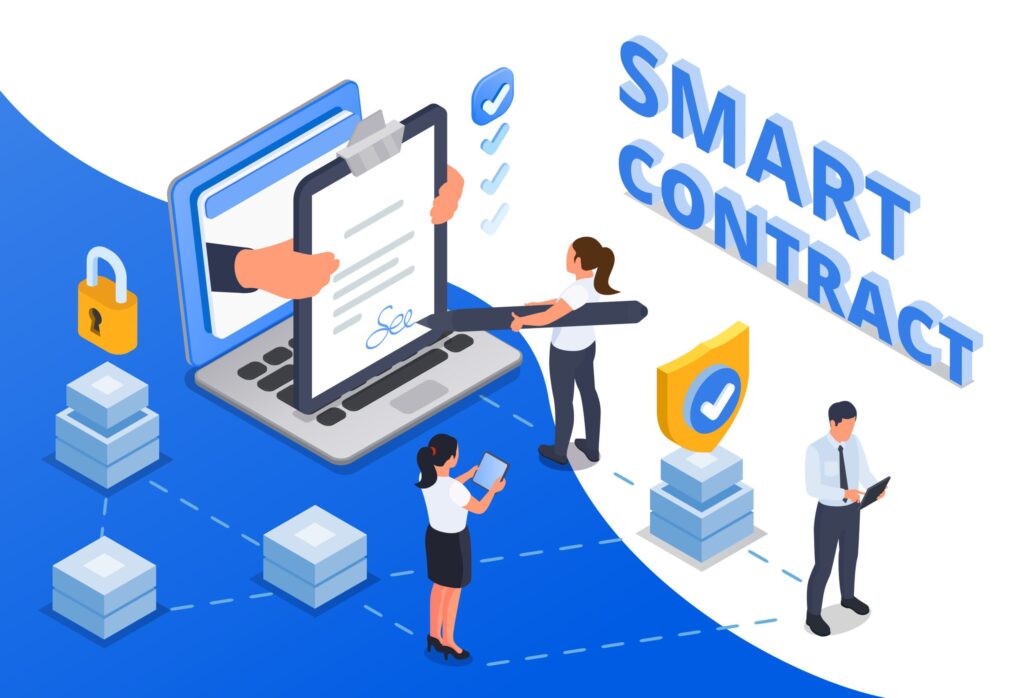
Litecoin’s speed, cost-effectiveness and security features make it a valuable asset for e-commerce businesses and startups looking to expand their payment options and provide a more seamless shopping experience for their customers.
Examples of popular Litecoin merchant payment businesses include PrestaShop, WooCommerce, and ZenCart.
- Integration with Smart Contracts
While e-commerce integration remains popular, Litecoin’s low transaction fees and fast speed make it desirable for another sector entirely. In this case, Litecoin’s integration with smart contracts through OmniLite enables you to build your tokens and assets on the Litecoin network.
This makes the Litecoin network an accessible alternative for building on the Blockchain and decongest networks like Bitcoin and Ethereum.
Ready to start using Litecoin for payments? Simply open an exchange, buy the currency through a credit/debit card, and enter the recipient’s wallet address.
Importance of Real World Use-cases
Practical applications of real-world use cases are important to the success of any crypto project. The good news is that Litecoin doesn’t just offer hypothetical possibilities but also practical benefits.
The importance of real-world use cases includes:
- Practicality
These real-world use cases demonstrate that Litecoin is more than a theoretical concept; it has practical uses in everyday life.
- Utility
These use cases also showcase Litecoin’s utility, its ability to solve real problems, and its ability to provide tangible benefits to users.
- Market Acceptance
As these use cases become more widespread and market sentiment becomes positive, Litecoin’s overall recognition and market acceptance will increase.
- Diversification

As Litecoin use cases expand into more sectors, it becomes less reliant on any single application. This would make it more versatile and relevant in the ever-evolving crypto world.
Below is a table comparing how Litecoin performs in key metrics compared to traditional payment options:
| Feature | Litecoin | Other Payment Methods |
| Speed | 2.5 minutes | 24 hours |
| Cost | $0.04 | Varies |
| Security | Secure | Varies |
| Ease of Use | Excellent | Varies |
Frequently Asked Questions (FAQs) About the 8 Most Prominent Use-cases of Litecoin for Real-World Application
What Problem Does Litecoin Solve?
Litecoin solves the issue of high transaction fees and increased transaction time.
Why is Litecoin So Much Cheaper than Bitcoin?
Litecoin is much cheaper than Bitcoin because it has a higher supply cap of 84 million coins, which means there are more available LTC, keeping its price low.
Is Litecoin a Good Investment in 2025?
This is primarily determined by market analysis and research. It is essential to understand that the crypto market is very volatile, so it’s always important to do your own research (DYOR) before making investment decisions.
Why are Litecoin’s Transactions Faster than Bitcoin’s?
Litecoin’s Transactions are about 4 times faster than Bitcoin because each new block added to the Litecoin network takes about two and a half minutes, while a new block on Bitcoin takes 10 minutes.
How to Buy and Sell Litecoin?
You can buy Litecoin on major exchanges like Binance, KuCoin, OKX and Coinbase. To buy Litecoin on any of these exchanges, use the following steps:
- Create an account and perform the necessary KYC registrations.
- Deposit funds that you would like to trade for Litecoin into your exchange account.
- Place an order to buy Litecoin.
Selling Litecoin using the above method can be tricky for users in Nigeria and Ghana, considering the restrictions around cryptocurrency in these regions. These users should rather sell Litecoin directly for local currency at the best rates on Breet.
Conclusion
Litcoin’s use case extends beyond being a digital currency. Litecoin has become a versatile and valuable asset, from digital payments to integrations with smart contracts.
Its hashing algorithm and other unique features of Litecoin’s network enable it to facilitate fast transactions with low fees, highlighting it as an excellent asset for day-to-day transactions.

